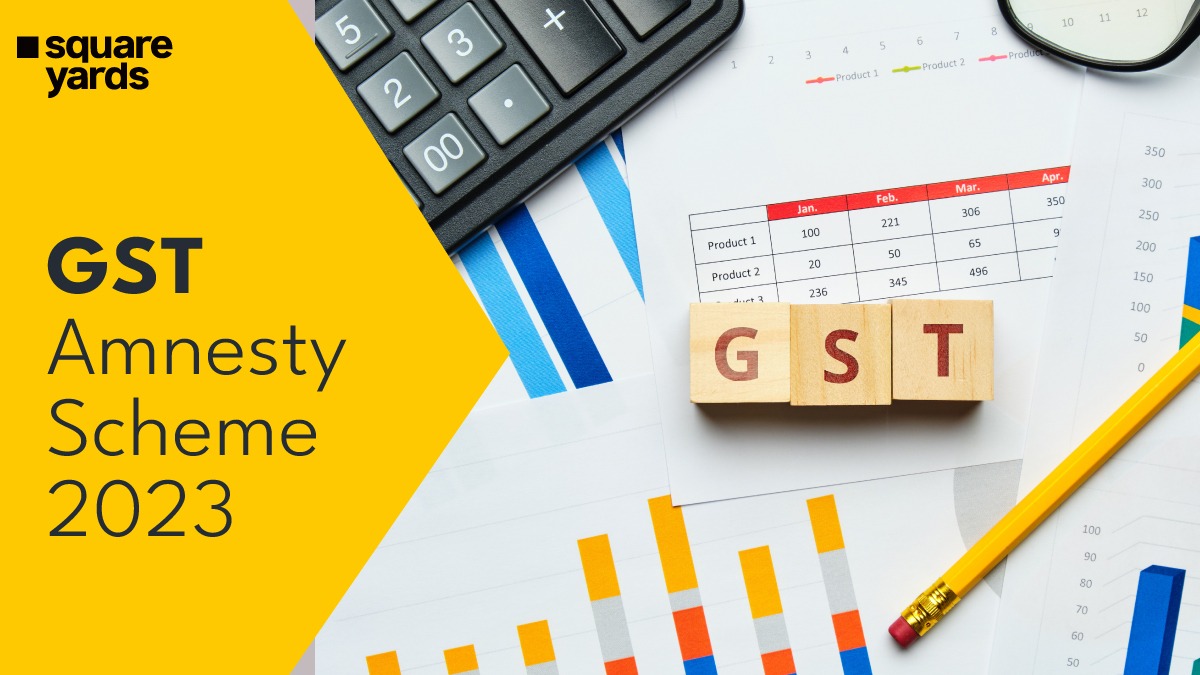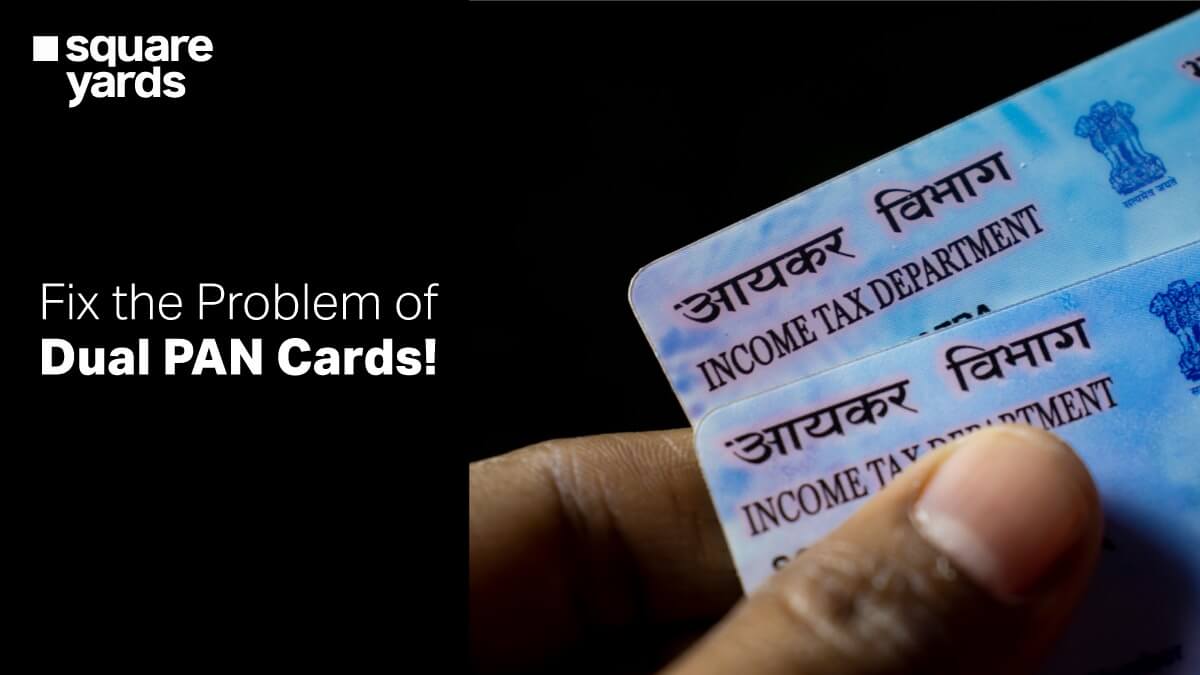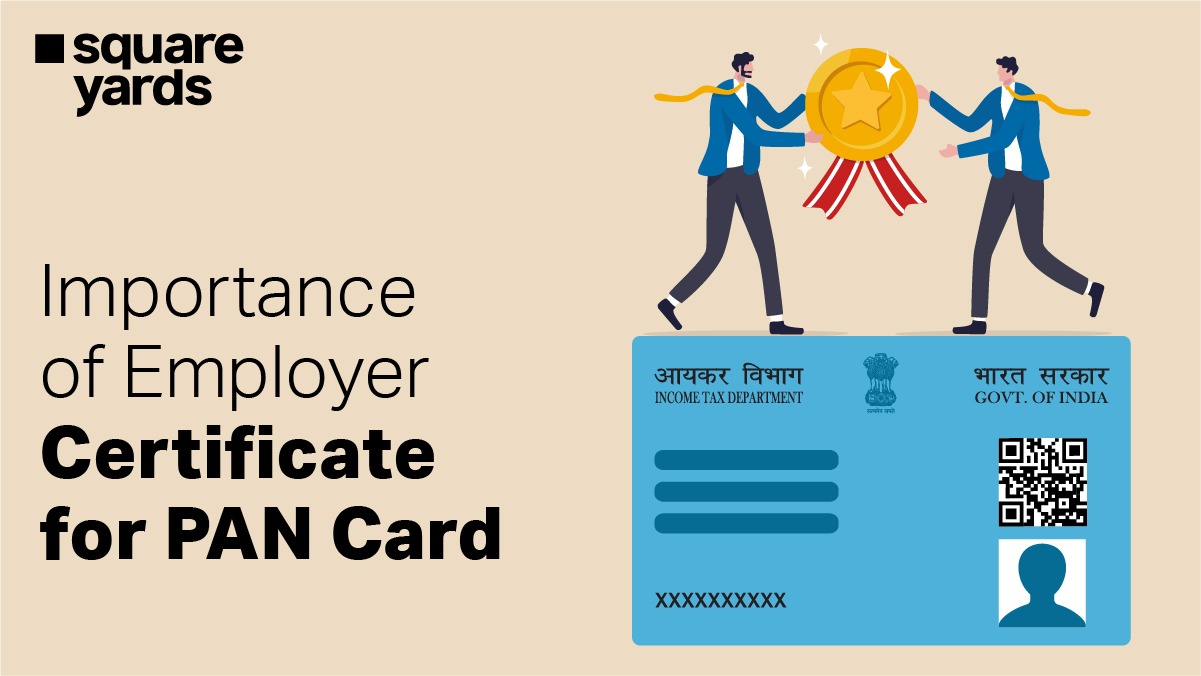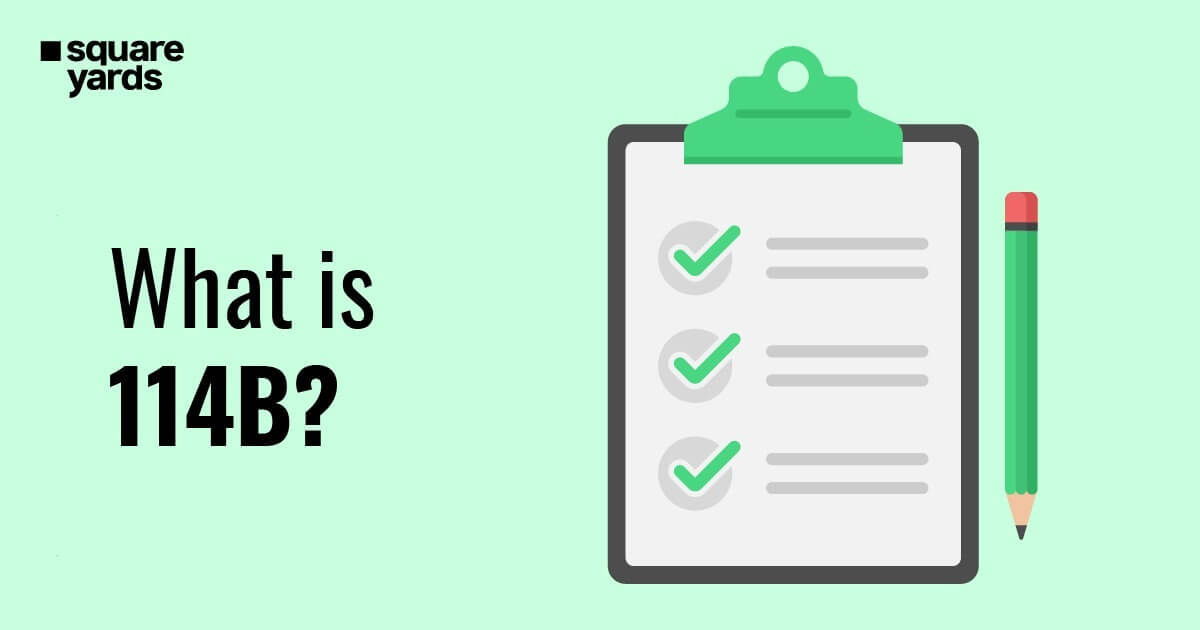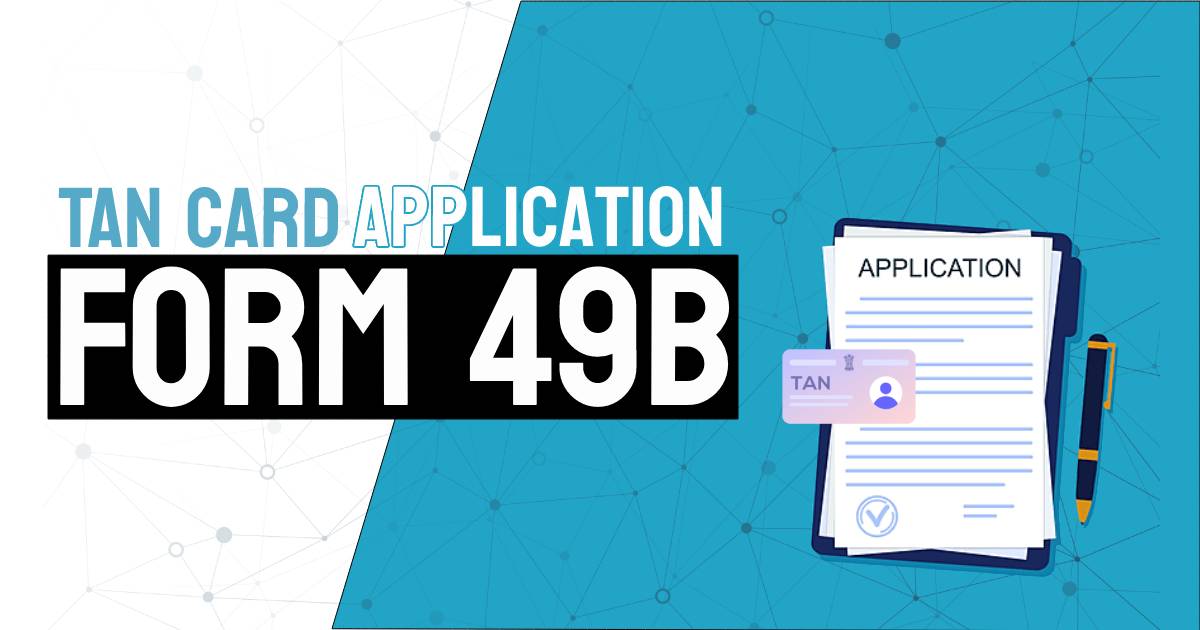Worried about how to file last year’s ITR? Wondering how you can file ITR for the last 3 years now? No need to panic. There is still time to file your ITR. The Income Tax Department has extended the time period and the citizens can file their ITR till 31st July 2022.
Filing an ITR is quite important but sometimes because of some situations like lack of documentation, filing gets delayed. However, the Income Tax Department of India has made provisions which enables taxpayers to file their ITR in such a case. In this article, we will take a look at the different ways in which the taxpayers can tackle such a situation and file their Income Tax Returns.
Why and How to File Last Year’s ITR?
According to the amendment of the Finance Act 1987, the filing of ITR can be done anytime or before the completion of 1 year from the relevant Assessment Year, also known as AY. For instance, the last date of filing ITR for the assessment year 2014-2015 was before 31st March 2016.
With the amendment vide that was made to the Financial Act in 2016, from Assessment Year 2017-2018, all the belated ITR should be filed before the end of the apposite AY. Hence, the last date to file the belated ITR for FY 2019-2020 was 31st March 2021.
But in 2021, the belated ITR filing timeline has been further reduced by the Income Tax Department. With effect from AY 2021-2022, the taxpayers can file the belated ITR three months before the end of relevant AY or before the completion date of the assessment, whichever of the two is earlier.
Benefits of Filing Last Year’s ITR
Filing ITR on time can offer a plethora of amenities to the taxpayer in many aspects. The benefits offered by filing last year’s Income Tax Returns (ITR) are as follows:
- By filing an ITR on time, taxpayers can easily get their loans approved. Since the banks ask for ITR when applying for a loan to check the source of income of the borrower. If the ITR is filed on time, the application process for the loan gets escalated.
- As per the Income Tax Act provisions, the losses that have been incurred by the taxpayer in the last year can be set off against the profits made by them in the current year if they file the ITR on time. The outstanding expenses incurred can also be forwarded to the next year’s income. Therefore, filing ITR on time helps in avoiding losses.
- It helps in saving the taxpayer from penalties. If the taxpayer does not file ITR on time, a penalty amount gets levied on them. The officer can levy an amount of up to ₹ 5,000 per individual if they do not file ITR on time. Only if the individual submits his ITR on time will the tax that banks withhold at source on the paying interest on fixed deposits (FDs), in the event that it exceeds a particular amount, be returned.
- The ITR filing documents can also be used as address proof. It becomes useful when you have to apply for a membership, documents, etc.
- It can also be used as income proof. The document can be beneficial to prove the income of the taxpayer whenever needed.
Drawbacks of Not Filing Income Tax Returns for Past Years
Hurdles will come in the way of taxpayers if they do not file ITR on time. Here are a few drawbacks that a taxpayer might have to face when not filing ITR before the deadline:
- The taxpayer has to carry forward their losses. Any losses suffered against earned income during the financial information year may be offset by any assessee (subject to income tax rules and provisions). Additionally, an assessee is allowed to carry forward losses that were not able to be offset during a specific financial year. However, such deficits cannot be rolled forward if an assessee fails to submit his Income Tax Returns (ITR) by the deadline.
- Under Chapter VI A of the Income Tax Act, the taxpayer is eligible for deductions for the investments made in NSC, Provident Funds, paid a medical premium, paid life insurance, etc. However, if the ITR is not filed on time, it automatically becomes ineligible for such deductions.
- Under section 234 of the Income Tax Act, a rate of interest of 1% is levied per month or part of a month if the ITR is not filed on time.
- If the ITR filing is not completed without any reasonable cause, then the officer levies a penalty amount of ₹ 5,000 per individual. However, the Assessing Officer has the ability to relinquish the penalty. Before levying the penalty, the taxpayer is given a chance to be heard and with reasonable cause, the penalty will be relinquished.
- In case the tax amount paid is higher than the tax liability amount, then the taxpayer is eligible to get a refund. However, if the taxpayer is late in filing the ITR, the refund also gets reduced for each day the filing is delayed.
Things to Keep in Mind before Filing Past Year’s Income Tax Returns
Early filing of ITR of the taxpayer can save them from last-minute obstacles and hassles. Here are a few things that a taxpayer should keep in mind before, during, and after filing the ITR:
- Capture all the information before filing the ITR from all the bank accounts, small investments, deposits and more to give the right information in the ITR filing form.
- In place of the previously listed exclusions and deductions, the Finance Act of 2020 has established a new voluntary tax system for the taxpayer, with revised tax slabs and rates. Select a new ITR regime or an old one which offers you more advantages during the furnishing of Income Tax Returns.
- It is advisable to access all the taxable income from all sources under the provisions of the Income Tax Act along with validating all the required documents and details to calculate the concluding tax refundable/payable according to the taxpayer’s case.
- Apart from Form 16, it is good to collect all the TDS certificates subjected to the taxpayer. If the interest amount gained on the fixed deposits in the financial year 2021-2022 is ₹ 40,000 to ₹ 50,000, then the bank will deduct tax on the amount from their side. If the taxpayer furnishes documents stating the rent amount paid of ₹ 50,000 then the tax deducted will be deducted from the furnished annual rent amount.
- The Annual Information Statement (AIS) was established by the income tax division in November 2021. The information for all financial transactions carried out by a person throughout a certain fiscal year is shown in the same statement. If you want to be sure that the incomes shown in the statement are recorded in the tax return form as required of you, you should download and check the financial transactions using AIS.
- It is also crucial to collect proof of tax savings and expenses to claim tax deductions during filing the ITR. When submitting an ITR, a person who opts for the previous tax system may claim investments and expenses that saved them money on taxes. If they prefer the previous income tax regime, employees must provide their employers with all tax-saving documentation in order to avoid having more TDS deducted from their pay. The proofs are written in section B of Form 16 and submitted. The ITR form is pre-filled with the information chosen by the tax department in section B of Form 16. However, if you are unable to present any tax-saving evidence, it will be made available when you file your ITR.
- Another crucial information that the taxpayers need to furnish is their bank account details maintained in the financial year like 2021-2022 and Aadhaar details.
How to File Last Year’s ITR Step-by-Step?
Given below is the step-by-step process to file last year’s ITR:
Step 1: Visit the official portal of e-filing Income Tax Returns (ITR), https://www.incometax.gov.in/iec/foportal.
Step 2: Register on the portal with a permanent account number (PAN number is the login ID for future use).
Step 3: After logging in, go to the ‘Download’ tab on the home page and click on ‘Income Tax Return Form’ and select the financial year.
Step 4: Next, choose the taxpayer is required to choose the Income Tax Returns that are applicable. Also, they can finish on the portal by clicking on the options link ‘Quick e-fill ITR’.
Step 5: Next, fill out the ITR form or the quick e-fill link will automatically fill the form. Then, click on the button ‘Calculate Tax’ to determine the tax amount that needs to be paid to the authority.
Step 6: Pay the ITR amount and fill in the details for the challan. Click on the ‘Validate’ button and double-check all the furnished details.
Step 7: Save the file after checking, next, upload it on the portal. There would be a digital form that has to be signed; you may either do so manually or choose “Yes” if you have a digital signature and “No” if you don’t.
Step 8: Upon completion of this procedure, you may get the IT Return Verification (ITR-V). After printing the ITR-V form and signing it in blue ink, you have 120 days to submit it to the Income Tax Department.
Financial Year 2021-22 (AY 2022-23) ITR Filing Last Date
Filing an ITR is a yearly financial activity that necessitates a small amount of foresight if you would like to save more money on submitting returns.
The total amount of deductions allowed under Sections 80C, 80CCC, AND 80CCD (1) is capped at Rs 1.5 lakh. However, there are several other choices that, if used properly, can let you reduce taxes in addition to the most popular tax-saving option, section 80C.
The deadline for submitting Income Tax Returns (ITR) for the fiscal year 2021–2022 (AY 2022-23) is coming up in only five days. If you haven’t already, file your ITR return before the deadline, which is July 31, 2022.
Can I file ITR for the Last 3 Years Now?
The answer to the question ‘Can I file ITR for the last 3 years now?’ is no. It is not possible to file the ITR for the last three years at once, that is, in a single year. For example, if the fiscal year under consideration runs from 1 April 2020 to 31 March 2021, the earnings received during that fiscal year will be subject to taxation during the assessment year, which runs from 1 April 2021 to 31 March 2022. The deadline, in this case, is 31 July 2021 for salaried, independent contractors, and contract workers, and 30 September for businesses, working partners, etc. Every taxpayer must use this structure when filing their tax return according to guidelines set forth by the tax department.
In a situation where a taxpayer has missed the extended deadline to file their ITR, they can still file it using the ‘Belated Return’ facility and penalty, which was first introduced in the Finance Act of 2017.
Steps to Check Online ITR Filing
Below are the steps to check the ITR Filing through the online portal.
Pre-Login Steps
Below are the steps to check the online ITR filing status pre-login:
Step 1: Visit the official portal of Income Tax Returns filing. Next, go to the ITR status page.
Step 2: Enter the acknowledgement number in the designated field and a valid mobile number.
Step 3: Enter the OTP as received on the entered mobile number.
Step 4: Next, click on the ‘Submit’ button. After successful validation, the status of the ITR filing will be displayed on the screen.
Note –
- The OTP received will be valid only for 15 minutes from the time it is received.
- The portal allows a maximum of three chances to enter the correct OTP.
- The screen will display a countdown stating the time till the OTP is valid.
Post-Login Steps
Below are the steps to check the post-login status of ITR online:
Step 1: Visit the official e-filing portal of Income Tax Returns (ITR). Login to the site using the right credentials.
Step 2: Next, go to option ‘E-file’ and then ‘Income Tax Returns’. From the drop-down menu, click on the option ‘View Filed Returns’.
Step 3: The details of the filed ITR will be displayed on the View Filed Returns page. From there, the taxpayer can also download ITR-V Acknowledgement, PDF of the ITR Form, upload JSON, and intimation order.
Note –
- The filter button can be used to view the filed returns based on various criteria (filing types/AY).
- Export the data using the button ‘Export to Excel’.
ITR Status Services Available for Following Registered Users
Some of the services are commonly available for registered users, both pre-and post-login. Below are the services available for the following users:
- Taxpayers who filed Income Tax Returns (ITR) using their PAN details.
- ERI, Representative Assessee, or Authorised Signatory for Income Tax Returns in such abilities.
These registered users can view the details of the ITR that the taxpayer filed which includes downloading and viewing the ITR-V form for acknowledgement, uploaded JSON, intimation order, and PDF of the complete ITR form. They can also access pending ITR for further verification.
Requirements to Check ITR Filing Online
The two kinds of requirements for checking ITR Filing online are as follows:
Pre-Login Requirements
- On the e-Filing site, at least one ITR must be submitted and have a current acknowledgement number. A working mobile phone number is necessary for OTP.
Post-Login Requirements
- A user who has registered on the e-Filing site and has a working user ID and password.
- The e-Filing site should receive one income tax return.
What to do in a Situation of Late Notice Filing?
In a situation where the taxpayer has received a notice from the Income Tax Department stating to file the ITR extending the period of 2 financial years, they can showcase the receipts of the previous year as a response. Until the period 2017-2018, a one-year time period was given to the taxpayers for filing revised ITR before the end of the particular AY.
However, from 2018-2019, the stipulated period for filing a revised ITR (to rectify any mistakes, omissions, etc.) made in the original ITR has been decreased. Currently, the revision of ITR has to be done during AY or before the end of the particular AY.
Bottom Line
Filing ITRs is important to avoid any penalties that can get levied in case of delayed filings. It is the duty of the taxable individual to file their income tax before the due date. In cases of non-payment or delays, a hefty penalty or punishment can be imposed. File ITR before the due date, which is 31st July 2022 for the financial year 2021-2022 (The assessment Year 2022-2023).
You May Also Read:
| Income Tax Top Blogs | Income Tax Related Blogs |
| Income Tax Slabs | TDS |
| Income Tax Return | Form 16 |
| Income Tax e-Filing | Gratuity |
| Income Tax Refund Status | HRA |
| Income Tax Refund | Tax Exemption |
| Online Tax Payment | Self Assessment Tax |
| Income Tax Portal | Advance Tax |
Can I file a return for the previous year without paying any late fee or interest?
Yes, it is possible to file ITR without paying any late fee or interest. However, this is in the hands of the Assessing Officer. If you have a reasonable cause like lack of documentation, the officer can relinquish the interest and late fees levied.
Is it possible to file the previous year’s ITR online?
Yes, the taxpayer can file the previous year’s ITR through the official e-filing portal of the Income Tax Department. It is a convenient and fast method to file ITR.
Can I file ITR for 2 years together?
It is possible to file the ITR for the last two years together. However, for this, the taxpayer needs to consider the procedure and rules of the Income Tax Department, which may lead to some kind of penalties.





































